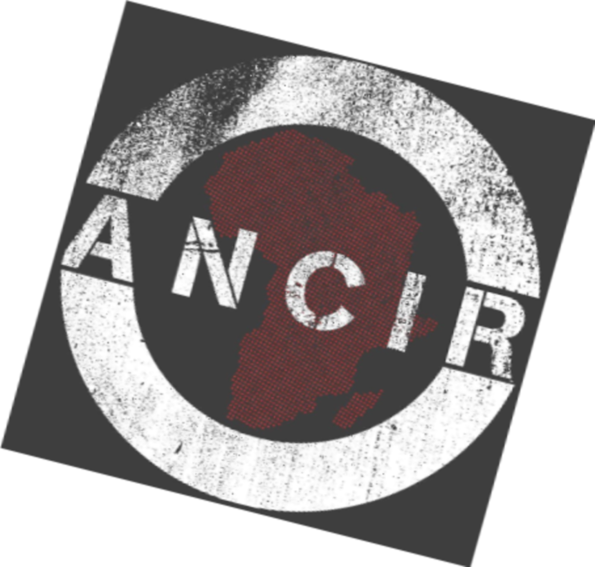About this project: Cost of Life
The Cost of Life is a project by the African Network of Centers for Investigative Reporting (ANCIR) that focuses on analysis, investigation and reportage of the medicines landscape, specifically patents and generics, the dialectic of which has often been limited to the positives of generics (cheap medicine that mimics expensive patents) and the evils of patents that are nonetheless critical for innovation of new and better drugs.
Using publicly accessible information, reports, interviews and other sources, we show that an estimated 70 percent or more of patent costs is typically the product of mispricing and tax subsidies rather than research and development (R&D); and that major pharmaceutical companies are invested and incentivized by price-fixing monopolies that are threatened by new and better drugs produced by other companies. In fact, universities, small research centers and publicly funded entities comprise the main source of new priority and innovation drugs that are later commercialized by Big Pharma.
That is, whether the ‘superior’ drug is produced as a generic or a patent is irrelevant: All that matters is sustaining an artificial market dependent on one or two blockbuster drugs for as long as possible.
In its current form, the patent as “innovation” is rewarded by the highest possible profit through exorbitant pricing rather than use and benefit. This myth is used to justify the lack of price ceilings in the U.S., a market that generates more than half the world’s pharmaceutical profits. Deaths in developing countries are incidental to Big Pharma’s bigger picture.
The conversation then needs to shift from the patent as an innovation coming from free-market competition to the patent as a price-fixed product that is developed and funded by tax subsidies but where the profits go to tax-dodging companies.
On the opposite end, generics are often perceived as an affordable, life-saving alternative to the costly premium drugs. However, the difference in quality between generics provided to “first world” countries such as the U.S. drastically differs from generics — manufactured by the same companies — to developing countries that lack rigorous systems to ensure product safety. Even the levels of active ingredients can vary. Taken together, a narrative emerges of cheap medicines for cheap bodies.
Stay tuned for our investigations and analysis during 2016!
The Team
-
Lead Reporter: Khadija Sharife
-
ANCIR coordinators: Amanda Potgieter, Chris Roper, Justin Arenstein
-
Editors: Yaffa Fredrick (World Policy Journal), Chris Shay; Heinrich Bohmke (ANCIR)
-
Interactive graphics: Pablo Robles and Marco Hernández
-
Data sources: Code4South Africa, Credit Suisse, Medicamentalia. Pharmaceutical data for 2014 and 2015 derived from 10K annual reports for Pfizer, Merck, Amgen, Abbvie, Abbott, Johnson & Johnson, Gilead, Baxter, Eli Lilly, Bristol Myers-Squibb. Non-pharmaceutical derived from 10K annual reports for Microsoft, Mattel, Western Union, McDonalds, Exxon-Mobil, Starbucks, Disney and Coca-Cola
-
Technologists: Andrew Kamau, David Lemayian (Code for Africa)
Support for this collabration includes grants from the Fund for Investigative Journalism (FIJ), International Center for Journalists (ICFJ) and Open Society West Africa (OSIWA).
